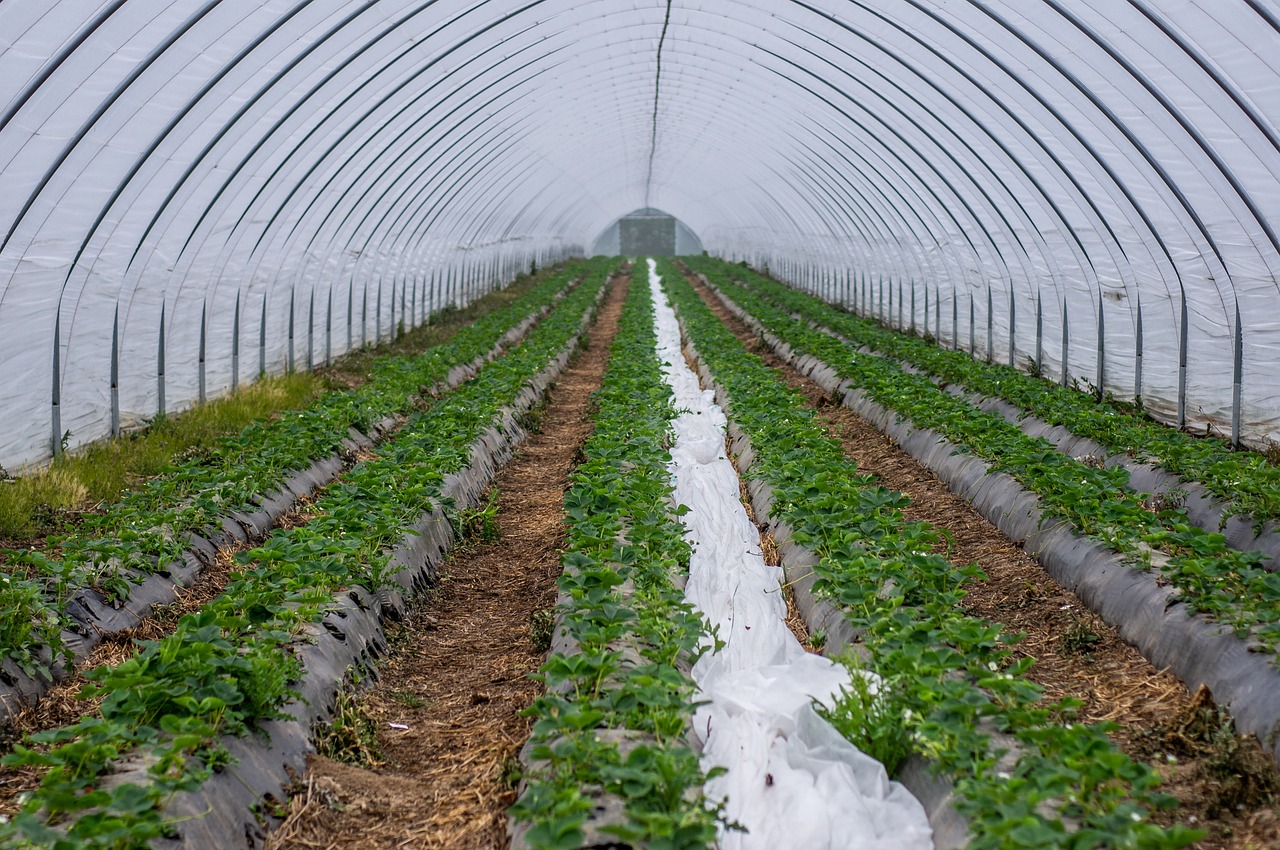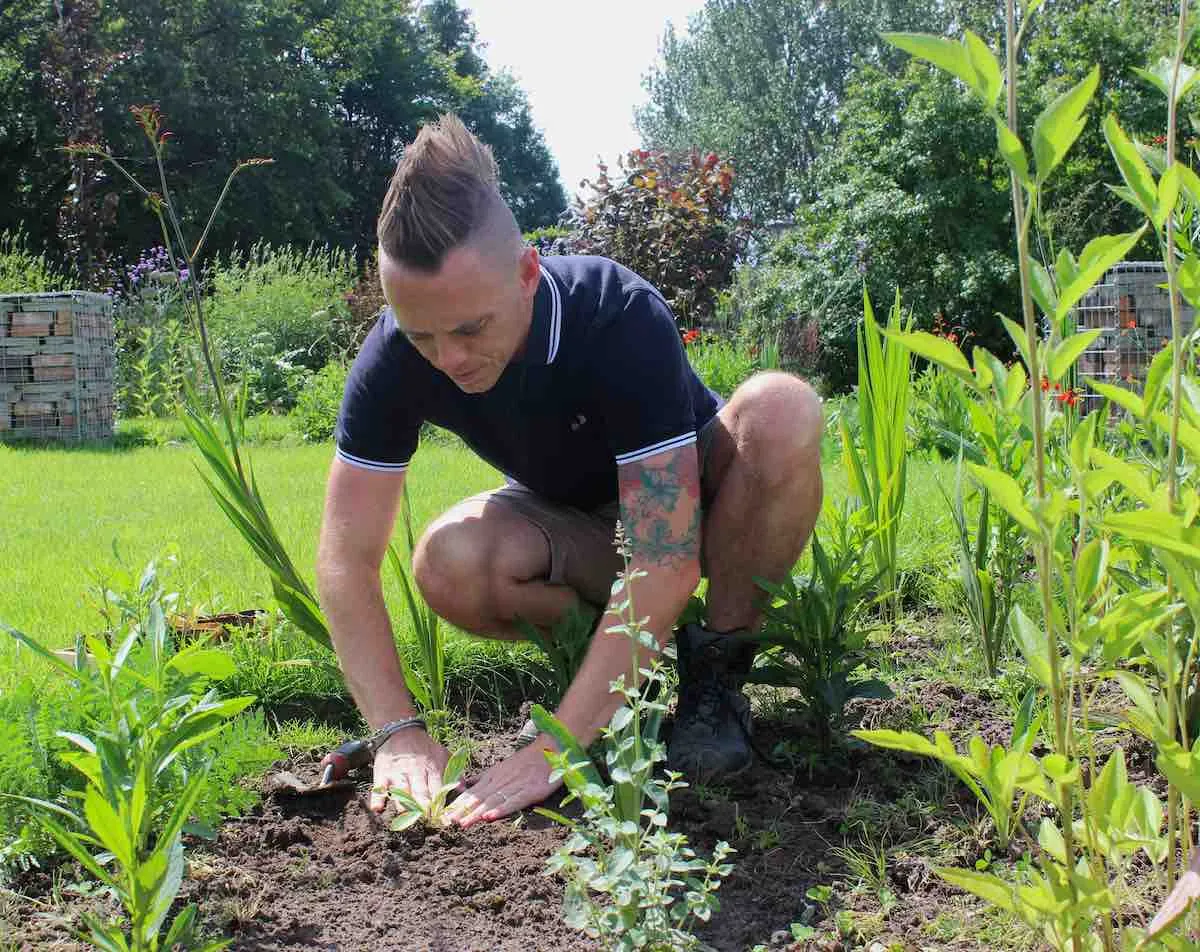Hi @helen1980
Thanks for your question about how best to protect plants during the winter.
As a rule of thumb only 'tender perennials' need over wintering. These are plants that come back year after year but won't survive frost. Things like Cannas and subtropical plants.
The plants you've mentioned are all annuals - meaning they only live for one year then die. So there is no need to over winter them as they won't survive any way. Make sure you ready my guide on plant types and read this article to better understand them.
https://youtu.be/Z_QqwySxpTc
As for the bee attracting plants I'd need more detail on the specific plants first to advise.
How to know which plants need protection in the winter:
As a general rule of thumb:
- Herbaceous perennials don't need winter protection
- Half hardy plant's do need winter protection
As for using a polytunnel here's some further guidance on when you would use one space allowing.

A polytunnel, also known as a polyethylene or poly hoop greenhouse, can be used for various purposes. Here are some common uses of a polytunnel:
Plant propagation: Polytunnels provide an ideal environment for starting seeds and propagating plants. The controlled climate inside the polytunnel helps maintain consistent temperature, humidity, and protection from extreme weather conditions. It allows you to extend the growing season and produce healthy seedlings before transplanting them to the garden.
Extending the growing Season: One of the primary purposes of a polytunnel is to extend the growing season. It provides a sheltered environment for tender or heat-loving plants, allowing you to grow crops beyond the traditional growing season. With a polytunnel, you can start planting earlier in the spring and continue growing crops later into the fall or even throughout the winter in some regions.
Crop production: Polytunnels are often used to grow a wide range of crops, including vegetables, fruits, herbs, and flowers. The protected environment helps create optimal growing conditions, such as increased temperature, humidity control, and protection from pests and diseases. It can result in higher yields and better quality produce.
Protection from harsh weather: Polytunnels offer protection from extreme weather conditions, such as frost, hail, heavy rain, or strong winds. They act as a shield, reducing the risk of crop damage and allowing plants to thrive even in challenging weather conditions.
Pest and disease control: A polytunnel can provide a physical barrier against pests, such as insects, birds, and small animals, reducing the need for chemical pesticides. It also helps limit the spread of diseases, as the enclosed structure creates a controlled environment with limited exposure to pathogens.
Experimentation and research: Polytunnels are used by gardeners, farmers, and researchers to conduct experiments, trials, and research projects. They provide a controlled and easily adjustable environment, allowing for the testing of different growing techniques, plant varieties, and climate factors.
Storage and workspace: Polytunnels can serve as storage areas for garden tools, supplies, and equipment. They can also double as a workspace for potting, plant maintenance, and other gardening activities.
https://youtu.be/DICGT44SMSs
I hope that helps!
Lee
Hi @helen1980
Thanks for your question about how best to protect plants during the winter.
As a rule of thumb only 'tender perennials' need over wintering. These are plants that come back year after year but won't survive frost. Things like Cannas and subtropical plants.
The plants you've mentioned are all annuals - meaning they only live for one year then die. So there is no need to over winter them as they won't survive any way. Make sure you ready my guide on plant types and read this article to better understand them.
As for the bee attracting plants I'd need more detail on the specific plants first to advise.
How to know which plants need protection in the winter:
As a general rule of thumb:
- Herbaceous perennials don't need winter protection
- Half hardy plant's do need winter protection
As for using a polytunnel here's some further guidance on when you would use one space allowing.

A polytunnel, also known as a polyethylene or poly hoop greenhouse, can be used for various purposes. Here are some common uses of a polytunnel:
Plant propagation: Polytunnels provide an ideal environment for starting seeds and propagating plants. The controlled climate inside the polytunnel helps maintain consistent temperature, humidity, and protection from extreme weather conditions. It allows you to extend the growing season and produce healthy seedlings before transplanting them to the garden.
Extending the growing Season: One of the primary purposes of a polytunnel is to extend the growing season. It provides a sheltered environment for tender or heat-loving plants, allowing you to grow crops beyond the traditional growing season. With a polytunnel, you can start planting earlier in the spring and continue growing crops later into the fall or even throughout the winter in some regions.
Crop production: Polytunnels are often used to grow a wide range of crops, including vegetables, fruits, herbs, and flowers. The protected environment helps create optimal growing conditions, such as increased temperature, humidity control, and protection from pests and diseases. It can result in higher yields and better quality produce.
Protection from harsh weather: Polytunnels offer protection from extreme weather conditions, such as frost, hail, heavy rain, or strong winds. They act as a shield, reducing the risk of crop damage and allowing plants to thrive even in challenging weather conditions.
Pest and disease control: A polytunnel can provide a physical barrier against pests, such as insects, birds, and small animals, reducing the need for chemical pesticides. It also helps limit the spread of diseases, as the enclosed structure creates a controlled environment with limited exposure to pathogens.
Experimentation and research: Polytunnels are used by gardeners, farmers, and researchers to conduct experiments, trials, and research projects. They provide a controlled and easily adjustable environment, allowing for the testing of different growing techniques, plant varieties, and climate factors.
Storage and workspace: Polytunnels can serve as storage areas for garden tools, supplies, and equipment. They can also double as a workspace for potting, plant maintenance, and other gardening activities.
I hope that helps!
Lee
 Lee Burkhill: Award Winning Designer & BBC 1's Garden Rescue Presenters Official Blog
Lee Burkhill: Award Winning Designer & BBC 1's Garden Rescue Presenters Official Blog



